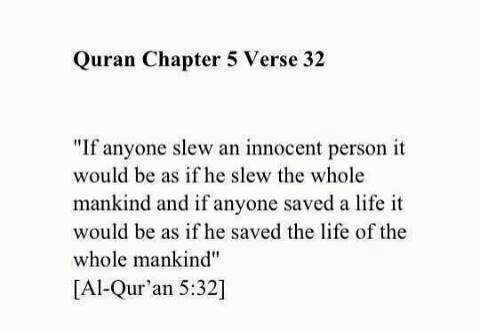My colleague Brad Gregory forwarded me a fascinating piece by William Saletan of Slate.com on the ethics of twin-reduction abortions. The piece is a response to a debate that has been raging across the “pro-choice blogoshpere” in the wake of a New York Times Magazine article reporting the increasing demand for abortions in which one or more fetuses are destroyed while another is allowed to develop to term.
Across the pro-choice blogosphere, including Slate, the article has provoked discomfort. RH Reality Check, a website dedicated to abortion rights, ran an item voicing qualms with one woman’s reduction decision. Jezebel, another pro-choice site, acknowledged the “complicated ethics” of reduction. Frances Kissling, a longtime reproductive rights leader, wrote a Washington Post essay asking whether women should forgo fertility treatment rather than risk a twin pregnancy they’d end up half-aborting.
“Something about it just doesn’t feel right,” one Slate reader said plainly. Saletan does an excellent job at outlining several explanations for this discomfort, but at the end of the day, he writes,
the main problem with selection is that it breaches a wall at the center of pro-choice psychology. It exposes the equality between the offspring we raise and the offspring we abort.
Though it may be a gross generalization, it is nonetheless true, I think, that a principal difference between pro-choice and pro-life ethical reasoning is the role of context and perspective in the determination of the unborn fetus’ identity and status. According to Saletan, this deep dependence on context gives rise a “bifurcated mindset” in pro-choice thinking.
Embryos fertilized for procreation are embryos; embryos cloned for research are ‘activated eggs.’ A fetus you want is a baby; a fetus you don’t want is a pregnancy.
The peculiar quality of reduction abortion, however, is that two fetuses in one and the same context are nevertheless identified as two entirely different moral entities.
[Reduction] combines, in a single pregnancy, a wanted and an unwanted fetus. In the case of identical twins, even their genomes are indistinguishable. You can’t pretend that one is precious and the other is just tissue. You’re killing the same creature to which you’re dedicating your life.
The part of the story I found most fascinating was the reservation many expressed about the potential difficulties of parenting the twin one has chosen to keep, who of course remains an ever-present memorial of the the decision to terminate the “pregnancy” that just so happened to occur at exactly the same moment and in exactly the same place as the “child” brought to term.
With regard to this sobering aspect of reduction abortion, it occurred to me that perhaps one of the factors behind the resistance to this procedure among pro-choice circles is the potential threat which a living twin poses to the therapeutic reconstruction of memory that would allow the parent to remember and narrate the act on her or his own terms. It raises the haunting question of whether and to what extent our moral evaluation of certain acts such as this one depend upon our foreseen ability to remember them in independent isolation. After all, it is all but impossible in this case to forget or reconstruct what actually happened when a living breathing model of “what could have been” is quite literally right before your eyes.
“That’s the anguish of reduction,” Saletan concludes: “watching the fetus you spared become what its twin will never be. And knowing that the only difference between them was your will.”



